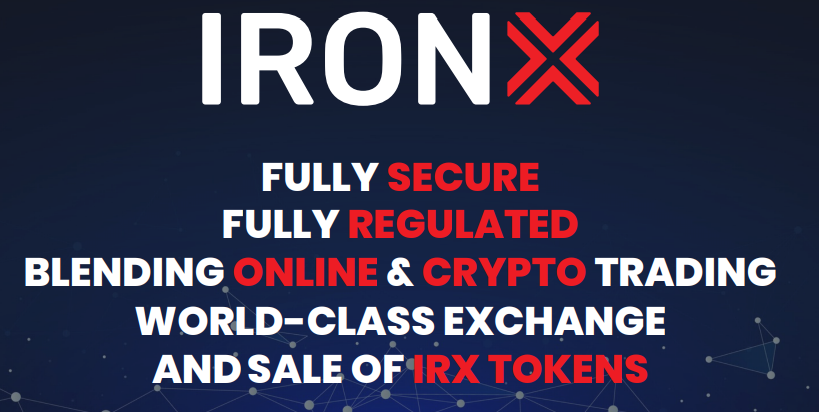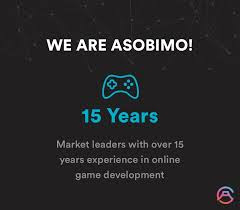THE DECENTRALIZED LINUX INFRASTRUCTURE FOR DEVELOPING SCALABLE DECENTRALIZED APPLICATIONS
- Get link
- X
- Other Apps

Introduction
Cartesi is developing a groundbreaking Linux infrastructure for developers which will enable them access to scalable decentralized Applicstion,(DApps).With Cartesi, Blockchain applications can be encoded with the broad domain heap of main software available today. The application runs without chains, with a strong guarantee of security from the blockchain, but is free from calculation limits and high costs.The two infrastructures that are making waves in the blockchain community are Decentralized Applications (DApps) and scalable infrastructures. The latter (scalability) hasn’t been achieved as much as expected because it has been discovered that specific issues have been forcing back the hands of the clock as far as scaling blockchain transactions are concerned. It must be noted that many industries that were looking up to the use of the blockchain technology have not been able to achieve the purposes they needed because the network itself (the blockchain technology) hasn’t been able to come up with viable scaling mediums. It is also on that note that developing Decentralized Applications (DApps) became burdensome because there are no viable tools for scaling them.

About Cartesi
Cartesi is a decentralized and scalable Linux infrastructure that solves the problem of computing scalability and development infrastructure for decentralized web.
With Cartesi, Blockchain applications can be encoded with the broad domain heap of main software available today. The application runs without chains, with a strong guarantee of the security of the blockchain, but is free from calculation boundaries and high costs
The issue of scalability has turned into one in all the biggest debates in the blockchain area. However, only a few people acknowledge that many of the current blockchain initiatives are variations of Bitcoin and Ethereum, both of which were not designed with scalability in mind.
Satoshi Nakamoto deliberately engineered the full consensus into the Bitcoin protocol. This creates an unlimited amount of redundancy when transactions and storage are replicated throughout the community. Vitalik Buterin understands Ethereum as the next iteration of the blockchain bypassing cryptocurrency, which allows reasonable contractual programming.
Only after the potential for knowledge grows becomes clear, scalability begins to turn into a requirement. Developers have tried to deal with scalability issues through various strategies. The Layer 1 option has seen a lot of the latest blockchain based largely on consensus mode that resembles proof of delegated stock ownership or shard resembling options. Layer 2 options such as Ethereum’s Plasma or Bitcoin Lightning Network have also tried to resolve the downside with off-chain calculations.
It seems that the issue of scalability has occupied a lot of bandwidth as many builders have concentrated little on various important obstacles to adoption, resembling usability and connections to the real world.
Programmers want to learn new coding languages to make the jump into the blockchain. There is no simple approach for them to switch their dApps between completely different blockchains to reach new viewers. There is no known interface for regular customers.
However, there may now be challenges that claim it is building a usable bridge between current and real world blockchain panoramas, fixing scalability issues to boot. Cartesi developed an answer that utilizes a decentralized Linux infrastructure to enable blockchain functions that can be scaled.

The Working of Cartezi Linux
Cartesi operates in large part based on the full pragmatic principle that achieving full consensus on every calculation in all functions is contrary to achieving true scalability. Therefore, layer 2 resolution which allows intensive computation to occur off-chain, at the Cartesi node. These nodes are normal, standalone Linux programs, which operate on a deterministic RISC-V structure.
Clever contracts of any blockchain can require off-chain calculations to be carried out on off-chain information by the Cartesi node. Because the calculations occur off-chain, this allows the Cartesi node to run dApps which are far more complicated than what the current blockchain can handle. The developer can request that the node send the results of off-chain calculations, or refute the results offered by others.
If there is a dispute about the calculation chosen, it can be submitted through the main chain as required. However, uncontested transactions make almost no burden to the blockchain community, which greatly increases scalability. This means that decentralized functions can function at identical speeds and with identical storage capabilities as their decentralized partners.
Blockchain development with Linux
By utilizing Linux as a bridge between the blockchain and the real world, Cartesi brings extra exponential advantages over pure scalability. Whereas today, dApp builders must learn a new programming language, with Linux they will use languages, instruments, libraries, software programs, and providers they already know.
Most programmers come on Linux in an unspecified time in the future, that means that Cartesi is opening up the blockchain to unlimited world programming skills. The company will implement an SDK to help accelerate adoption by builders.
In addition, Linux is one of the most widely used work programs in the world. Not in desktop form, that place is far behind Windows and MacOS. However, Android surpasses Windows as a work system with the most customers with all approaches again in 2017. Now, builders in all places can be in a position to build complicated dApps for Android phones, bringing all the benefits of blockchain to viewers worldwide. from 2.5 billion customers.
HOW THE CARTESI-LINUX INFRASTRUCTURE BOLSTERS SCALABILITY
How can the use of the Cartesi blockchain alongside the Linux infrastructure be able to bolster the scalability of Decentralized Applications (DApps)? Below are some of the ways it can do that:
Consensus
The blockchain technology is famous for using democratic governance to ensure that the opinions of everyone is sought and implemented. The same is feasible on the Cartesi Linux-powered blockchain platform where consensus must be obtained from all the members before programs can be executed and off-chain too!
No Third Party Reliance
Like many other blockchain-based platforms, the Cartesi blockchain wouldn’t rely on any third party platform. It would not rely on any central authority either because such platforms are prone to Sybil attacks.Instead, the Cartesi blockchain makes use of and delegates the blockchain network to ensure that the platform is free of third party dominance or being prone to security issues.
Off-Chain Computations
The last but not the least of Cartesi’s scaling of Decentralized Applications (DApps) is the enablement of off-chain computations. Doing so helps to reduce the workload on the network while availing DApps developers the opportunity to make use of various tools for successful DApps development.

Official Resources
Cartesi official links:
Website: https://cartesi.io/
Whitepaper: https://cartesi.io/cartesi_whitepaper.pdf
Telegram channel: https://t.me/cartesiproject
Medium: https://www.medium.com/cartesi
Facebook page: https://www.facebook.com/cartesiproject
Twiiter: https://www.twitter.com/cartesiproject
Reddit: https://www.reddit.com/r/cartesi
Discord : https://discordapp.com/invite/Pt2NrnS
Youtute: https://www.youtube.com/channel/UCJ2As__5GSeP6yPBGPbzSOw
Authors info
Bitcointalk Profile url : https://bitcointalk.org/index.php?action=profile;u=2694371
Bitcointalk username : Abosedemop
Telegram username:@lollypop2020
Email: sodiyaafeez@gmail.com
- Get link
- X
- Other Apps


Comments
Post a Comment